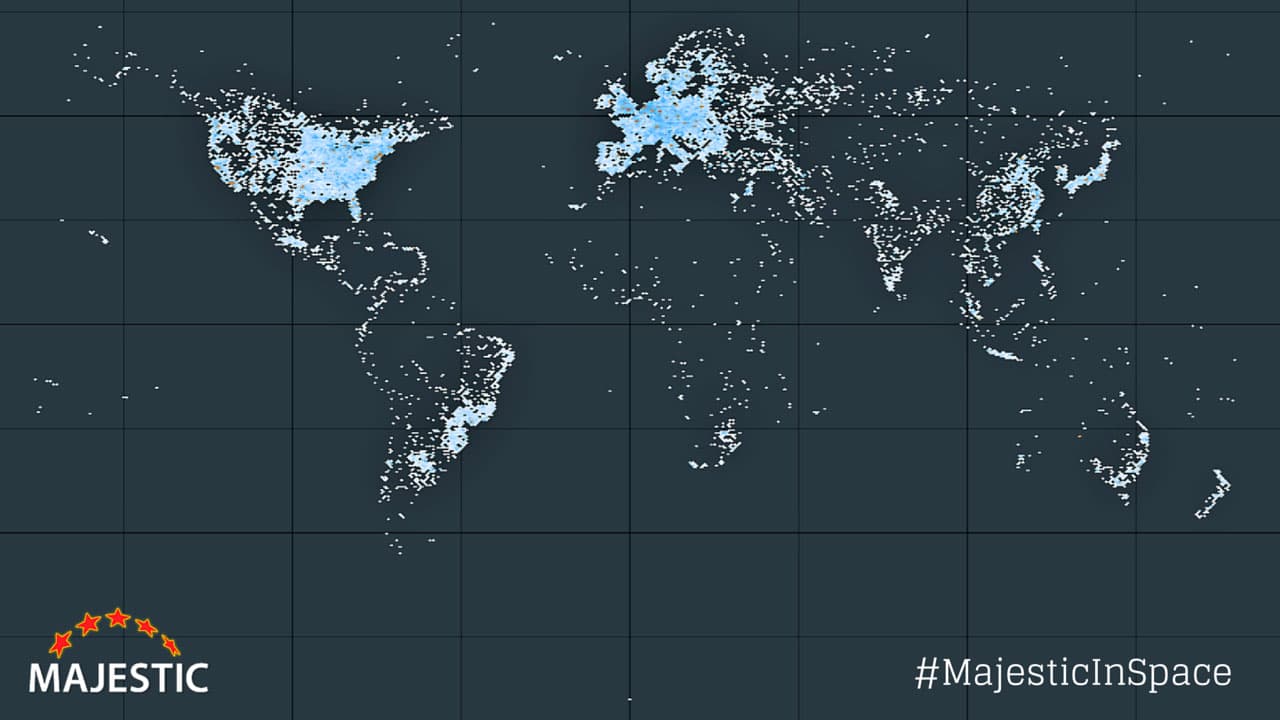Server World: a realm of unseen power, where the digital fabric of our modern society is woven. This world, encompassing everything from the towering mainframes of yesteryear to the ethereal clouds of today, has quietly revolutionized how we live, work, and connect. From the moment we wake up to the moment we drift off to sleep, servers are silently orchestrating our digital lives.
This exploration delves into the fascinating history, intricate workings, and ever-evolving landscape of server technology. We’ll journey through the evolution of server architectures, unravel the mysteries of different server types and their applications, and explore the security challenges and advancements that shape this critical infrastructure.
The Evolution of Server Technology: Server World

Servers have undergone a remarkable transformation, evolving from massive mainframes to the ubiquitous cloud computing infrastructure we rely on today. This evolution has been driven by technological advancements, changing user demands, and the relentless pursuit of efficiency and scalability.
The Rise of Mainframes
The early days of computing were dominated by mainframes, large and powerful computers capable of handling complex tasks. These behemoths, often housed in climate-controlled rooms, were the primary computing engines for businesses and organizations. They were characterized by their centralized architecture, where all processing and data storage occurred on a single machine. Users accessed these systems through terminals, which were essentially dumb devices connected to the mainframe via cables. While powerful, mainframes were expensive to purchase, maintain, and operate, limiting their accessibility to large organizations.
The Client-Server Model
The advent of personal computers (PCs) in the 1980s marked a shift in computing paradigms. PCs provided users with more affordable and accessible computing power. The client-server model emerged, where PCs acted as clients, accessing resources and services provided by dedicated servers. This decentralized approach allowed for more flexibility and scalability, as organizations could add servers as their needs grew. The client-server model also enabled the development of various applications, such as email, file sharing, and databases, which could be accessed by multiple users simultaneously.
The Peer-to-Peer Revolution
Peer-to-peer (P2P) networks, popularized in the late 1990s, challenged the traditional client-server model. In P2P networks, computers act as both clients and servers, directly sharing resources and data with each other. This distributed architecture offered advantages in terms of resilience and scalability, as the network could continue functioning even if some nodes failed. P2P networks found widespread adoption in file-sharing applications, enabling users to download and share files directly from each other’s computers, bypassing centralized servers.
The Cloud Computing Era, Server world
Cloud computing has emerged as the dominant server paradigm in the 21st century. Cloud providers offer on-demand access to a vast pool of computing resources, including servers, storage, and software, over the internet. This model allows businesses to scale their computing infrastructure up or down as needed, paying only for the resources they consume. The cloud offers numerous advantages, including:
- Scalability: Cloud providers can quickly provision additional resources, enabling businesses to handle peak workloads without investing in expensive hardware.
- Cost-effectiveness: Pay-as-you-go pricing models eliminate the need for upfront capital expenditures on hardware.
- Flexibility: Cloud services can be accessed from anywhere with an internet connection, providing users with greater flexibility and mobility.
- Reliability: Cloud providers invest heavily in redundancy and disaster recovery, ensuring high availability and data security.
The Impact of Virtualization and Containerization
Technological advancements like virtualization and containerization have significantly transformed the server landscape.
Virtualization allows multiple operating systems and applications to run on a single physical server, maximizing hardware utilization and reducing costs.
Containerization packages applications and their dependencies into isolated environments, making them portable and easily deployable across different platforms.
These technologies have enabled the development of microservices architectures, where applications are broken down into smaller, independent components that can be deployed and scaled independently. This approach has further increased agility, efficiency, and scalability in server environments.
Ending Remarks
As we stand on the cusp of a future defined by edge computing, quantum computing, and AI-powered servers, the Server World continues to evolve at an astonishing pace. Its influence on our lives will only grow, shaping new possibilities and demanding ever-increasing sophistication in its management and security. Understanding this world is not just about technical knowledge; it’s about grasping the very foundation upon which our digital world rests.



